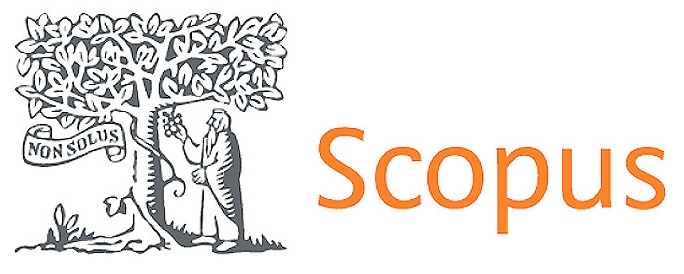Quality with underlying epistemological criteria
DOI:
https://doi.org/10.56294/sctconf2023447Keywords:
Quality, Epistemological Criteria, Health QualityAbstract
Introduction: the fact that a term is freely used and decoded according to the nature in which it is intended to be applied or towards the semiotic sense that the reader assigns to it implies a review of the various ways in which it is interpreted and to the origin of the concept of quality, and it is often observed that the concept of quality is given a partial and not integral content. The objective of the work is directed to the theoretical description of quality in health, detailing concepts, characteristics and application.
Methods: qualitative, narrative and exploratory study based on literature review.
Development: quality of care is the set of technical-scientific, material and human characteristics that the health care provided to beneficiaries must have, in order to achieve the possible effects that will result in the greatest number of healthy years of life and a cost that is socially and economically viable for the system and its members. Its characteristics are timeliness, agility, accessibility, continuity, sufficiency, safety, comprehensiveness and integrity, logical-scientific rationality, cost-effectiveness, efficiency, humanity, information, transparency, consent and degree of user satisfaction; in a technical and applied sense, several models have been used in quality evaluation, among which the pioneer Donabedian stands out, who developed a model based on three areas: structure, process and results; Galán developed another model focused on the evaluation of the attributes of quality: care, demand, supply, process, results and impact.
Conclusions: quality in Health is made up of a set of values, principles, policies and action strategies aimed at promoting change and improvement activities in the organization, in order to obtain the greatest satisfaction of the staff and the patient; and it must be defined, planned, programmed, its real cost determined, evaluated and, fundamentally, led by the management teams.
References
1. Enciclopedia Jurídica. (2014). Definición de calidad. Recuperado de http://www.enciclopedia-juridica.biz14.com/d/calidad/calidad.htm
2. Poder Legislativo de la Nación (Buenos Aires). (diciembre, 1994). Ley Nacional Nº 24.430.
3. Outomuro, D. (2010). Calidad de atención médica y riesgo sanitario. Recuperado de http://www.itaes.org.ar/biblioteca/Qatencionmedicariesgosanitario.pdf
4. Donabedian, A. (1993). Actas Simposio Nacional sobre Calidad de la Atención Médica. Buenos Aires: Fundación Avedis Donabedian.
5. Pardo Tellez, F., Galán Morera, R. (2002). Indicadores y Estándares de Calidad de la Atención Médica. En: Administración Hospitalaria. (pp. 560-565). Bogotá: Panamericana.
6. Donabedian, A. (1992). Defining and measuring the quality of health care. En: Assesing Quality Health Care. (pp. 41-63). Philadelphia: Williams & Wilkins.
7. Galán, R. (1988). Modelo de Evaluación Institucional. Bogotá: Hospital Militar Central.
8. Sociedad Argentina para la Calidad en la Atención de la Salud. (2015). Glosario. Recuperado de http://www.calidadensalud.org.ar/index.php?option=com_content&task=view&id=17&Itemid=38
Downloads
Published
Issue
Section
License
Copyright (c) 2023 Romina Caballero, Irene Amelia Simeoni, Carlos Oscar Lepez (Author)

This work is licensed under a Creative Commons Attribution 4.0 International License.
The article is distributed under the Creative Commons Attribution 4.0 License. Unless otherwise stated, associated published material is distributed under the same licence.



